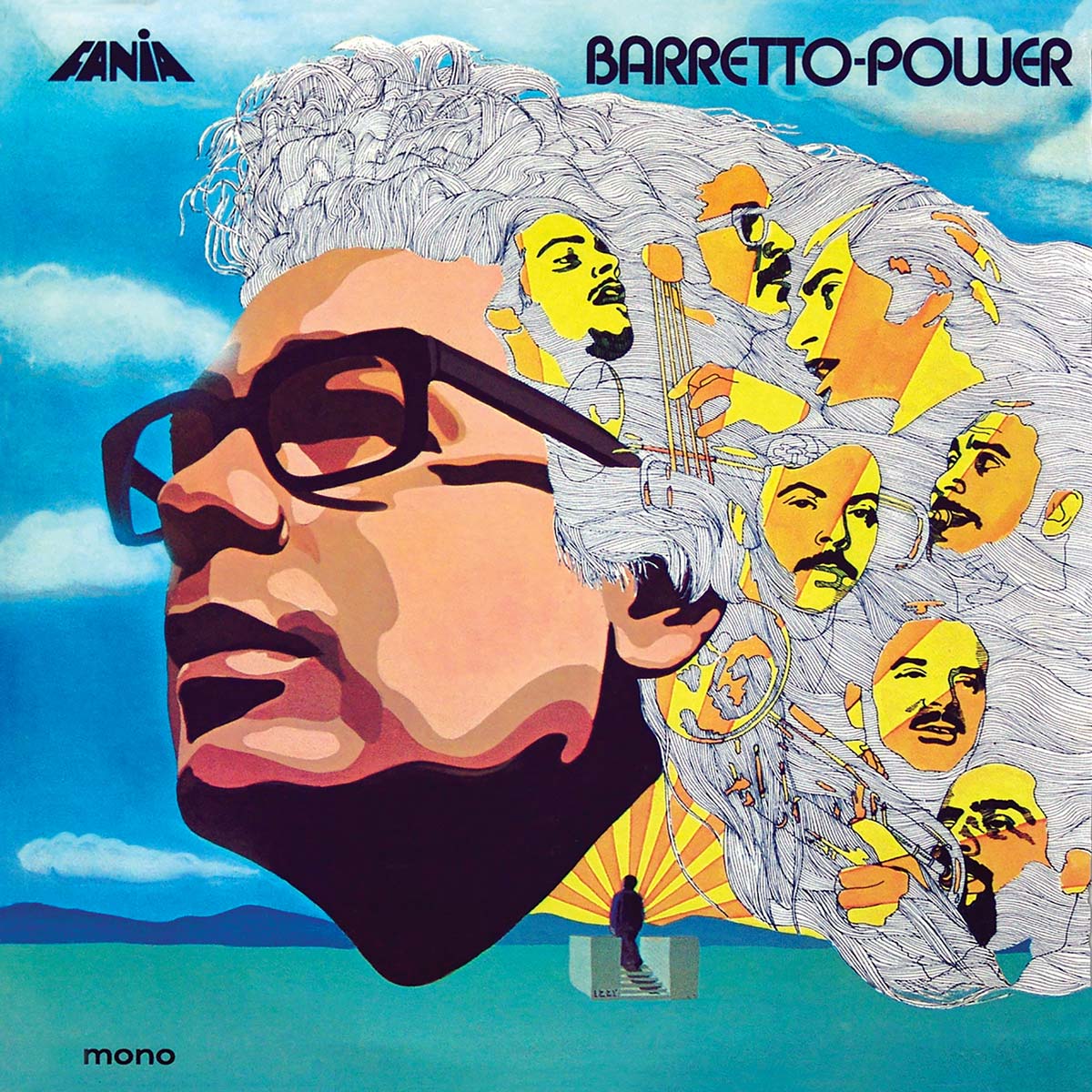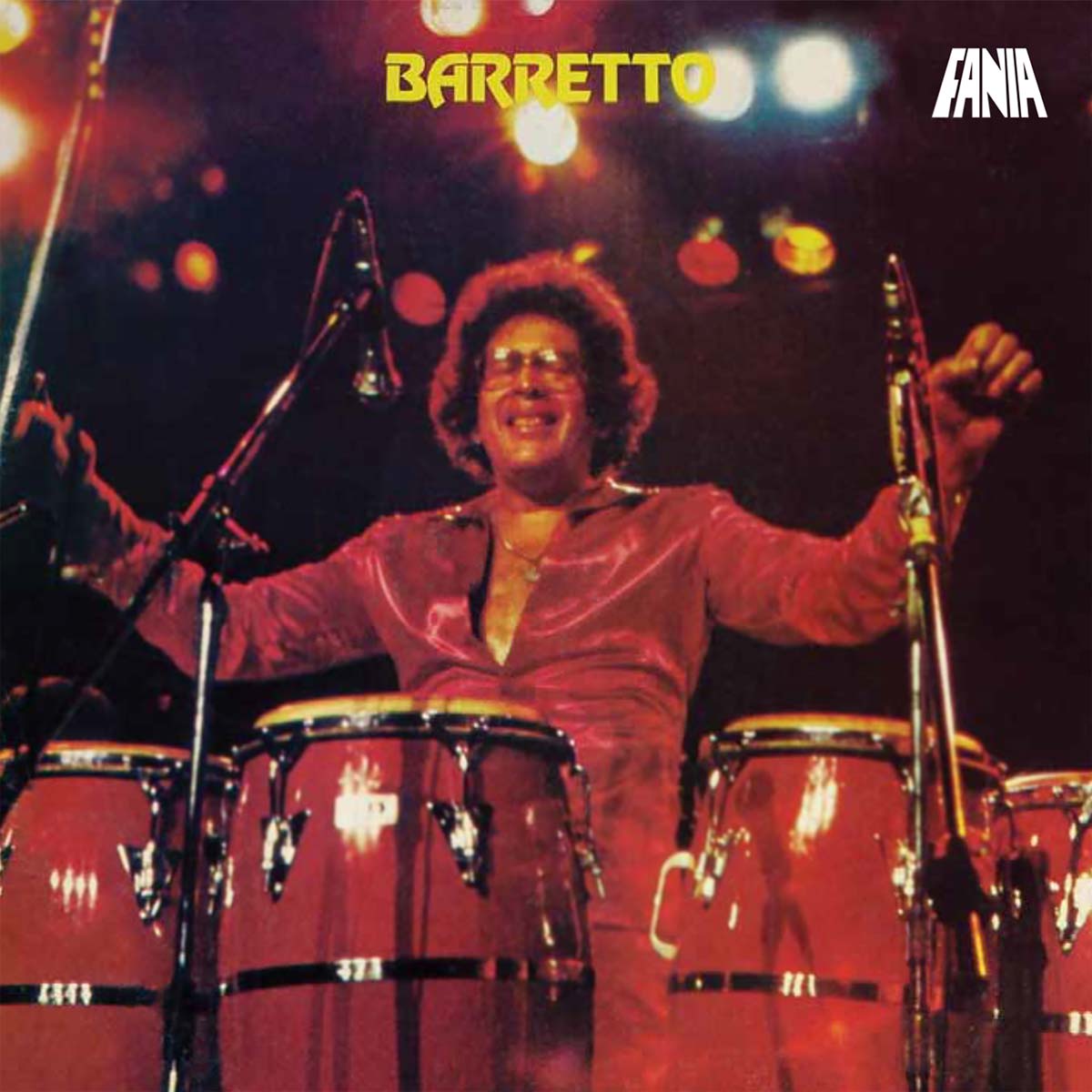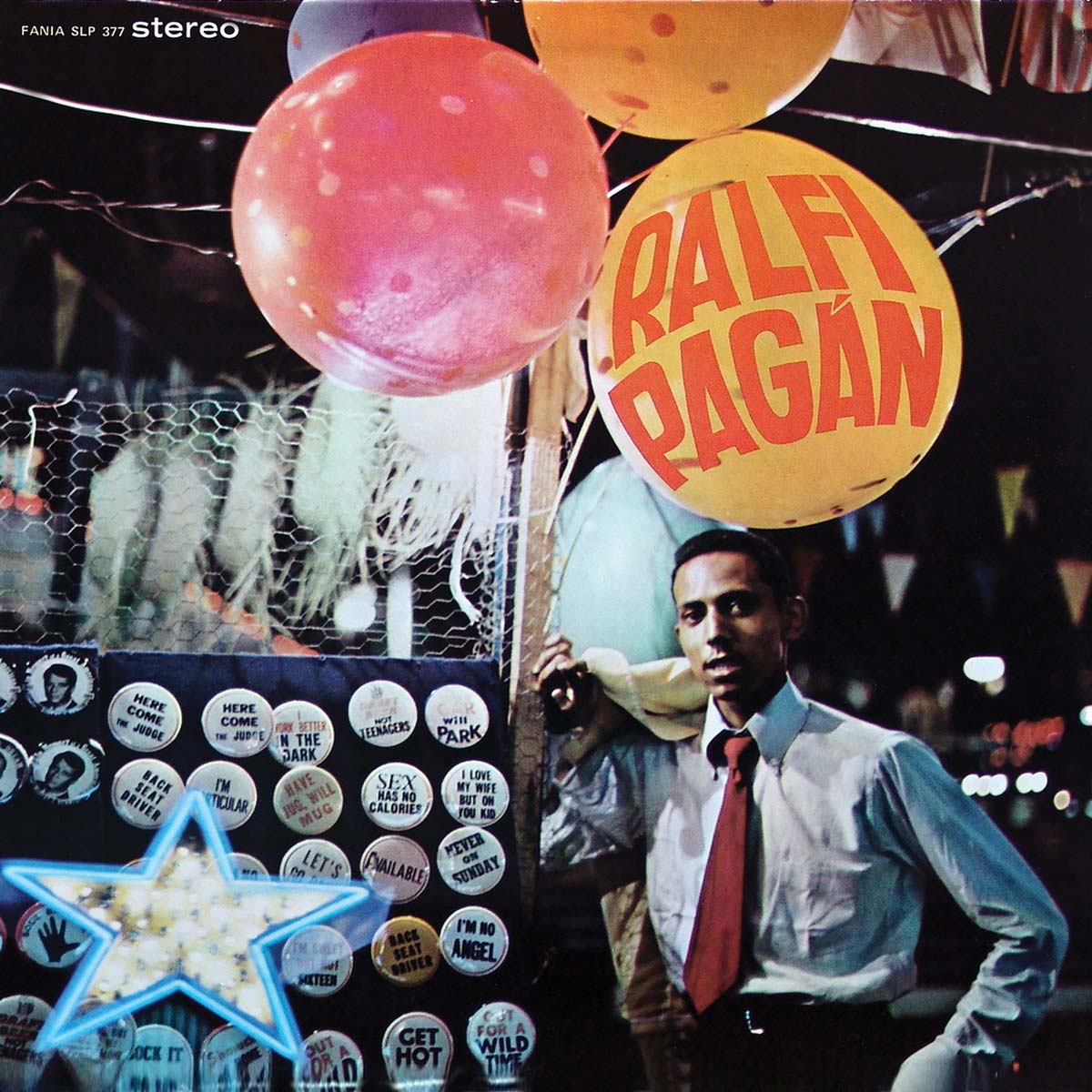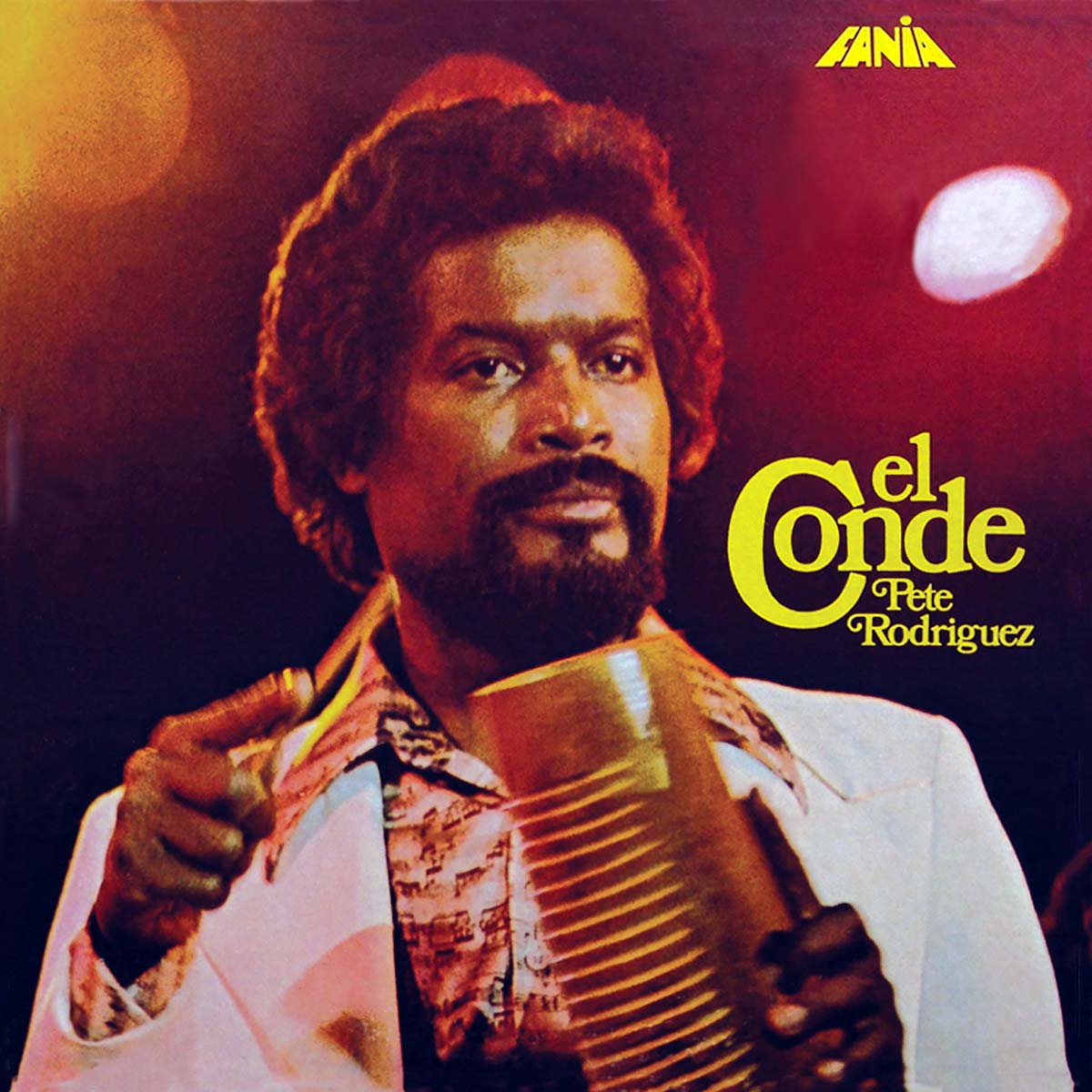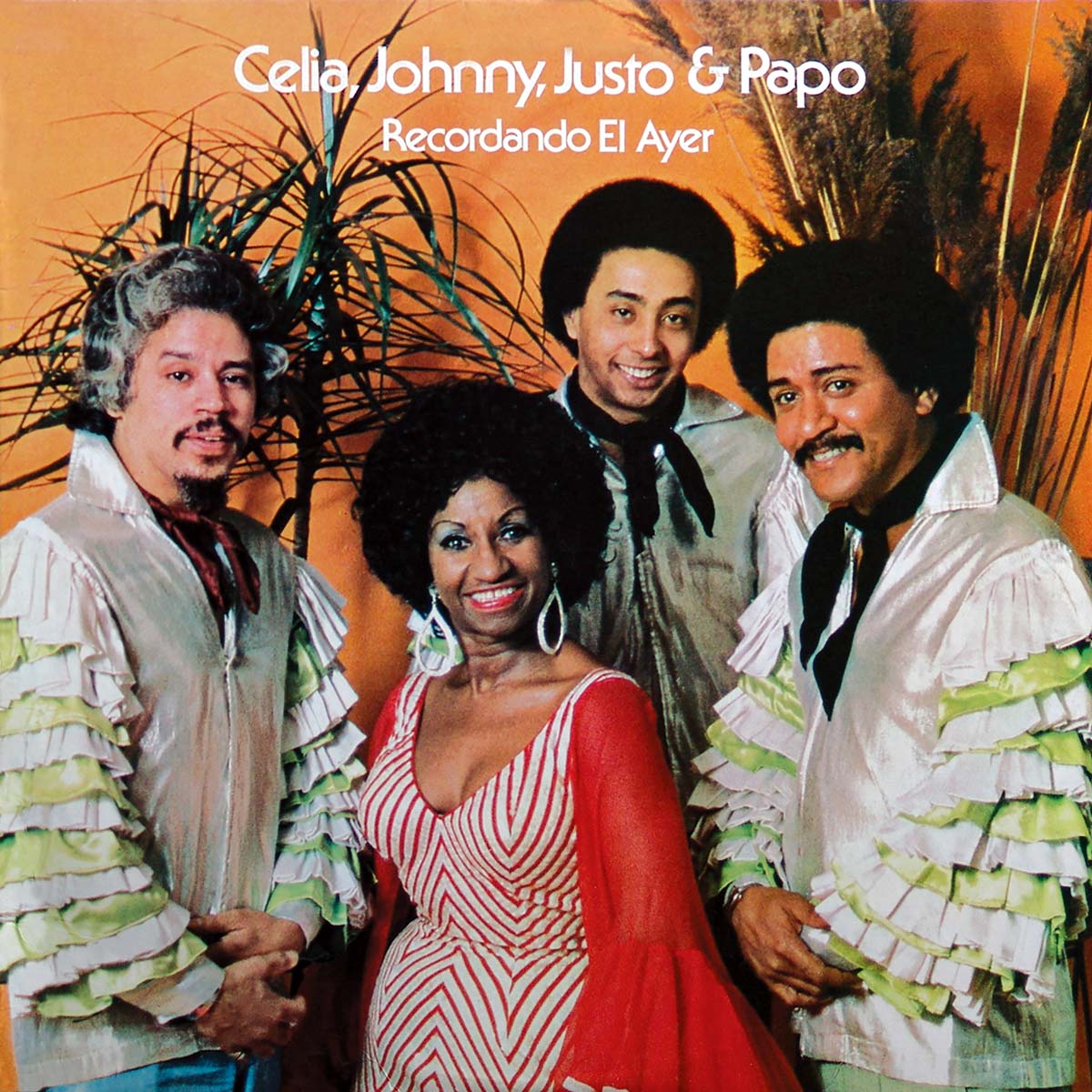When Ray Barretto released El “Ray” Criollo (“The Creole King” in pun form) in 1966, he was a few frustrating years past his first big hit, Charanga Moderna’s proto-boogaloo “El Watusi” on Tico Records, and on the cusp of a breakthrough that would send his already respectable career into orbit. He had struggled with what he called the “curse of …
BARRETTO POWER
It was the early 70’s, Jerry Masucci (the former police officer turned lawyer) and his newly formed Fania Records was establishing itself as a power in the Latino music industry. Recordings by Johnny Pacheco (who became the labels vice president), Larry Harlow, Willie Colon and Ray Barretto were giving the label a visible identity of hip-ness. They were all characterized …
BARRETTO
The year was 1975. Approaching bankruptcy and reeking of political corruption, New York City was kept alive by the explosive sounds of Afro-Caribbean music. Fania Records had established itself as a powerhouse in the music industry by catering to a niche audience of fans who loved to mambo and now called this music salsa. Local bandleaders became international superstars. One …
AQUI SE PUEDE
If there’s one thing that Ray Barretto was an expert at, it was his ability to assemble the right personnel when forming his bands. The musicians on this 1985 release, in fact, are basically the same from the previous release (Todo Se Va Poder) and include Jimmy Bosch, Jimmy Delgado, Angel Fernández, Ricky González, Wilson Torres, and Ray Saba, with …
RAY BARRETTO ANTHOLOGY
Ray Barretto, the iconic conguero and Latin Jazz pioneer now has his place in the Fania Anthology series. With repertoire from the various genres and eras , this collection of Ray’s signature songs is a tribute to one of Latin music’s greatest performers. One of the most prolific and ambitious bandleaders in the history of Afro-Caribbean music, Nuyorican conguero Ray …
ACID
Ray Barretto’s career has been a long and varied journey. Born in Brooklyn on April 29, 1929, he is the quintessential Nuyorican, a Puerto Rican born and raised in New York City. By the age of two, his family had moved to Manhattan’s Spanish Harlem and by seven, the South Bronx. Barretto’s bi-cultural experience was reinforced during his stint as …
RAY BARRETTO A MAN AND HIS MUSIC – QUE VIVA LA MUSICA
Raymond Barretto Pagan was born to Puerto Rican parents in New York on April 29, 1929. When he was barely four years old, his father decided to leave home and return to Puerto Rico. His mother settled in the South Bronx and raised her three children by herself. From an early age, Barretto was influenced by two styles of music: …
RALFI PAGAN
When you think Latin Soul you relate to a mélange of R & B and Mambo rhythms intermixed culturally by and for the youth of America. It was 1974, and a brash youngster by the name of Ralfi Pagan walked into the offices of Fania Records and demanded to be heard. Fania President Jerry Masucci allowed Ralfi that opportunity, and …
I CAN SEE
In Latin music, as with all non-mainstream parts of the US recording business, the ultimate goal is to cross-over. It’s all very well being a big fish in your own pond, but the benefits of a US pop hit are so mighty that any independent label would have trouble turning it down. Until the 1990s it was very much a …
I LIKE IT LIKE THAT
Welcome to Latin boogaloo! What’s that? Boogaloo is the musical style that was all the rage in New York’s Latin music scene in the mid-1960s, just before it became known as salsa. Listen to the hand clapping, the goofy English, Spanish and Spanglish lyrics, the wild party atmosphere, the switching and mixing between Cuban mambo and hot soul sounds, and …
DE PANAMA A NUEVA YORK
This is the first U.S. recording by the young Panamanian, who was destined to become one of salsa’s major stars before the decade was out. But his domestic debut flopped and Blades soon found himself back in Panama, resuming his law studies. What he left behind, however, would become much more than just a prized collector’s item. Today, it’s a …
SOY LA LEY
SOY LA LEY PETE EL CONDE RODRÍGUEZ A gritty session of tightly woven salsa jams, “Soy La Ley” epitomizes the essence of Pete El Conde Rodríguez: like the late Puerto Rican sonero himself, this 1979 album is elegant, unpretentious, and reliable to a fault. “Soy La Ley” is no salsa masterpiece. It lacks the edgy fire of the records that …
PETE EL CONDE RODRIGUEZ LA HERENCIA
No wonder they called him “The Count” – Pete “El Conde” Rodríguez was one of the most gentlemanly singers that Afro-Caribbean music has ever known. True, he could be appropriately rough and gritty in the process of generating some serious salsa combustion, but he never lost his aristocratic demeanor in the process. With a perennial smile of contentment in his …
ESTE NEGRO SI ES SABROSO
Pedro Juan Rodríguez (1935-2000) earned his nickname El Conde (The Count) for his regal stage presence, the noble smoky baritone of his voice, and the fact that he became a leader of memorable recording sessions such as the classic album “Este Negro Si Es Sabroso”. In 1974, after recording with other bands (Orquesta Oriental Cubana, Orquesta Broadway, Fania All Stars, …
EL CONDE
His first solo recording after making his name as the sonero (improvisational singer) for Johnny Pacheco’s hot conjunto sound, Pete El Conde Rodríguez earned the title of Best New Band the following year in the Latin New York Magazine music poll. And with good reason, this one rocks from start to finish. Fania was at its zenith in 1974 having …
PAPO LUCCA – LA HERENCIA
If the legendary Gran Combo represents the meat-and-potatoes of Puerto Rican salsa, then the equally revered Sonora Ponceña must be some sort of exquisite dish for the discriminating palate– a smooth crème brulée, perhaps, overflowing with jazzy harmonies and sophistication. La Ponceña owes most of its refinement to the piano playing of musical director Papo Lucca– the son of original …
ERNIE’S CONSPIRACY
Ernie Agosto y Orquesta La Conspiracion recorded this album, “Ernie’s Conspiracy,” for Fania’s Vaya label back in 1972, and the album still sounds fresh enough to challenge the contemporary Salsa bands of today. It was produced by Willie Colon who certainly demanded a good, tight sound and engineered by multi-Grammy winner, Jon Fausty, who credits this album as being the …
LA SALSA DE HOY
In 1980, despite the “immensity” of artists multiplying on the popular music scene, a group emerged from the din that baptized itself with the same name: Orquesta Inmensidad. The choice of names was very intentional, according to the group’s founder and director, Raúl Gallimore, who had the support of Fidel and Alfonzo Oro. Together, they gave shape to a rhythmic …
DIFFERENT DIRECTIONS
One of the most colorful and talented individuals in the music industry was the inimitable Frankie Dante. His bohemian behavior endeared him to the countless fans that followed his Orchestra Flamboyan whenever they performed. Sadly, Frankie, born in Santo Domingo in 1945, succumbed to cancer on March 1 of 1993. He is still appreciated by underground salsa fans everywhere and …



